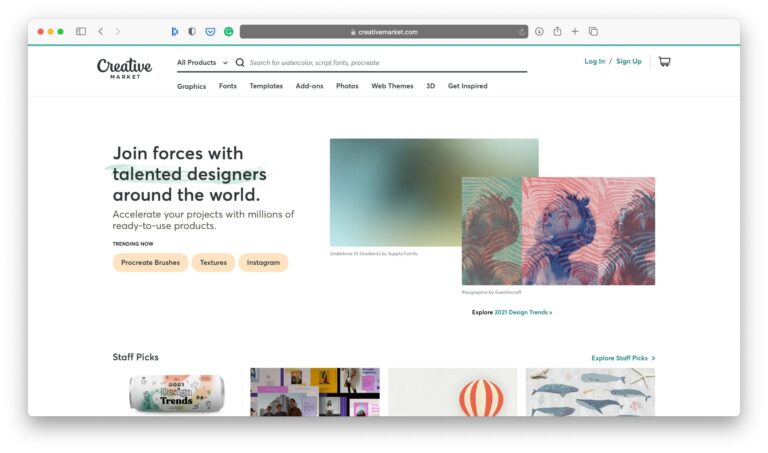
If you’re part of the Seller Fulfilled Prime (SFP) program, you’ve likely heard by now that Amazon will be implementing some major changes to delivery times starting February 1 to ensure the expectations of Prime members are met.
Amazon has outlined these new changes and requirements in the following articles found within Seller Central:
If you have not yet read the above articles, we’d recommend starting there to gain a full understanding of why Amazon has decided to make this move, as well as the specific expectations that have been set for sellers in the SFP program.
We understand that these changes are quite impactful to sellers whose businesses rely on SFP, so we’ve shared a few recommendations below on how to ensure you’re ready for the February deadline:
Check your current performance metrics in Amazon’s Seller Fulfilled Prime Performance Dashboard
Reviewing your current SFP metrics is helpful in understanding how your existing delivery times match up to the new requirements. You may be surprised with the findings — as Amazon recently shared that fewer than 16% of U.S. orders shipped through Seller Fulfilled Prime met the two-day delivery promise. This detail seems to have influenced the decision to require Saturday shipping starting in February.
Taking the time to become familiar with the dashboard itself and each of the widgets available will be helpful as you become acclimated to the new requirements. You’ll also find best practices within the dashboard specific to improving your Prime speed performance.
Assess the capabilities of your shipping carriers and warehouse operations
Now that you’re familiar with all of the new requirements, consider how your existing operation fits into them. Does your current shipping carrier offer Saturday pickup? Are your warehouses equipped to operate on Saturdays? What changes will you need to make to your existing operation to meet the new shipping deadlines?
We’d recommend diving into each of these items in the coming weeks, if you have not already done so, to understand how your existing operations will be impacted and to begin preparing the necessary parties that will be involved.
Begin implementing changes sooner rather than later
Once you’ve answered the above questions, build out a timeline of the changes you’ll need to make and begin implementing as soon as possible. By doing this, you’ll be able to track your metrics in the dashboard ahead of the deadline to ensure you are on track to meet the standards come February.
This will be a great way to fully understand which products and warehouses could realistically meet the new deadlines. Using this time to make tweaks to shipping templates and carrier pickup times will ensure that you do not run into major issues down the road which could put your Prime badge at risk.
Be selective with your SFP product assortment
During the testing process, actively monitor the Delivery Speed report to understand which of your ASINs may be underperforming. This report breaks down the detail page views for each ASIN, along with the number of times it was shown on an Amazon PDP across the following time frames: one-day delivery time, two-day delivery time, and greater than two-day delivery at both the standard and oversized shipping sizes.
As you approach February, you may want to consider moving underperforming ASINs out of SFP to ensure you are meeting the new requirements while also maintaining your Prime badge eligibility.
Restructure your advertising campaigns
Once you have a good understanding of which ASINs are performing according to the new guidelines, take time to restructure your Amazon Sponsored Products campaigns to ensure that you are not actively advertising products that may bring down your delivery speed averages.
Alternative Options
While the new SFP shipping requirements are much stricter than before, some brands and retailers may determine that SFP may no longer be the best solution for their business. If that is the case, below are a few options to keep in mind that may be possible alternatives.
Consider other fulfillment options
- Fulfillment by Amazon (FBA): Although FBA fees may have deterred you from the program in the past, this may be a good time to reconsider your options. Building out a cost analysis to compare the FBA fees you would incur, compared to the increased cost of shipping to adhere to the new SFP regulations could provide you with clear answers on what the best next steps to take could be.
- Third-Party Logistics (3PL): If you would prefer to not use FBA, but also do not have the inhouse capabilities to meet the new SFP requirements, exploring partnering with a third party logistics provider (3PL) may be beneficial to you. A list of third party logistics providers (3PLs) who partner with ChannelAdvisor can be found here.
Read more about both FBA and 3PLs on our blog.
Expand into marketplaces outside of Amazon
If you’ve previously been on the fence about expanding into new marketplaces, this may be the perfect time to grow your footprint within e-commerce. Increasing the number of sites and locales you are selling on eliminates your dependency on any one site, which, in turn, causes fewer concerns in the event any single marketplace makes an unforeseen decision that can heavily impact your business.
ChannelAdvisor integrates with hundreds of marketplaces worldwide to allow you to seamlessly sell on new channels.
ChannelAdvisor is here to help you transition through these changes. If you’re a ChannelAdvisor client, free to reach out to your client strategy manager or account manager to discuss specific strategies related to your account.
If you’re not currently a ChannelAdvisor client and would like to learn more about our suite of services, contact one of our e-commerce consultants here.

![[Guest Blog] Reach a Global Audience With International SEO](https://thegateway.net.au/wp-content/uploads/2021/02/guest-blog-reach-a-global-audience-with-international-seo-768x340.jpg)




